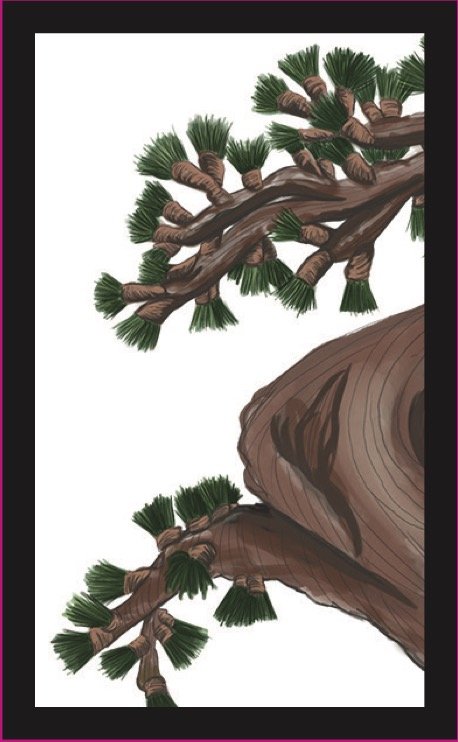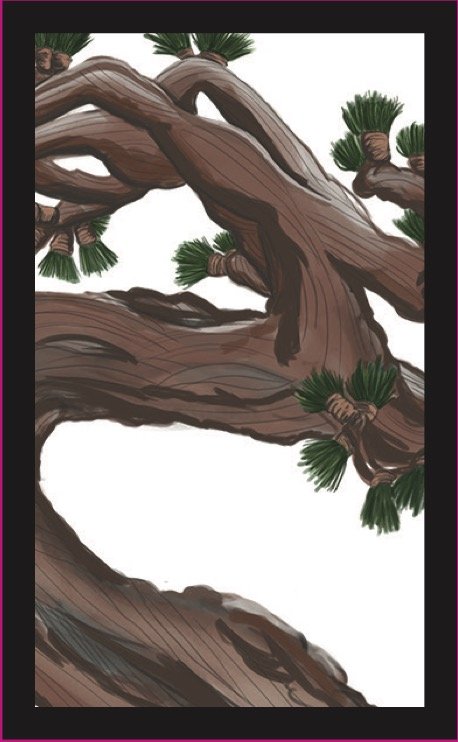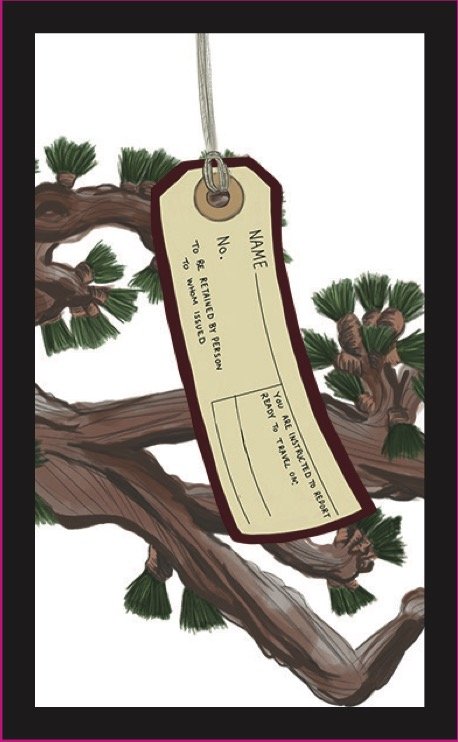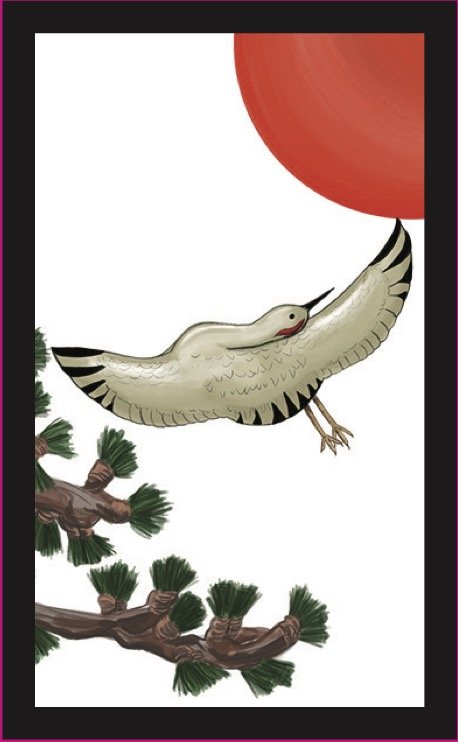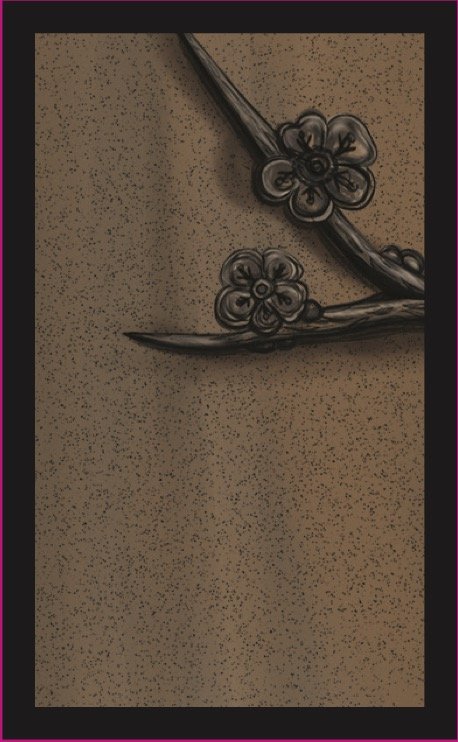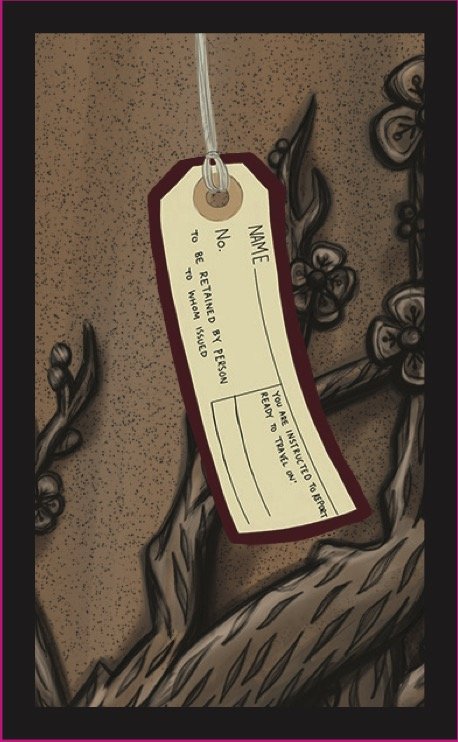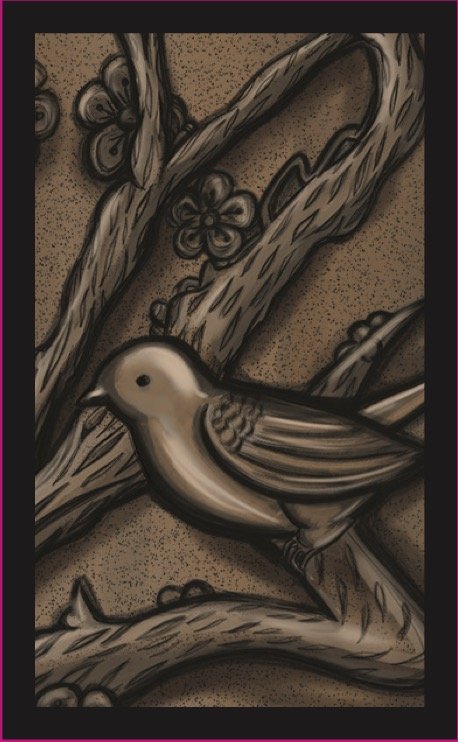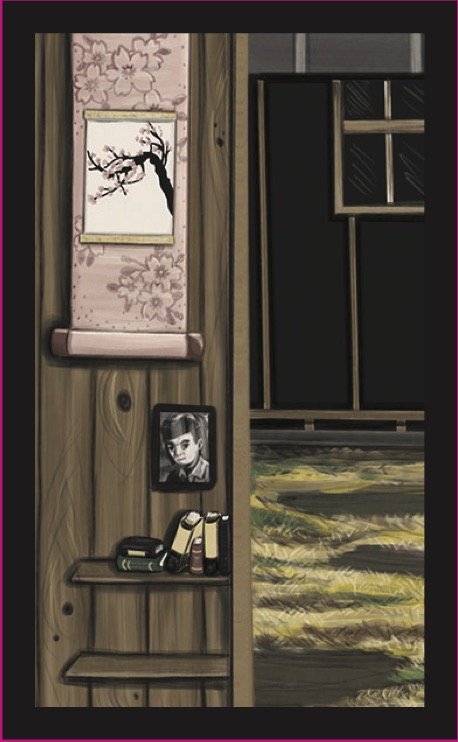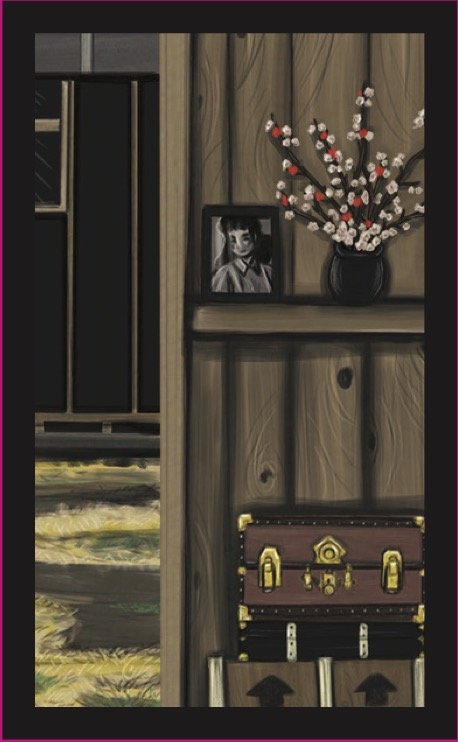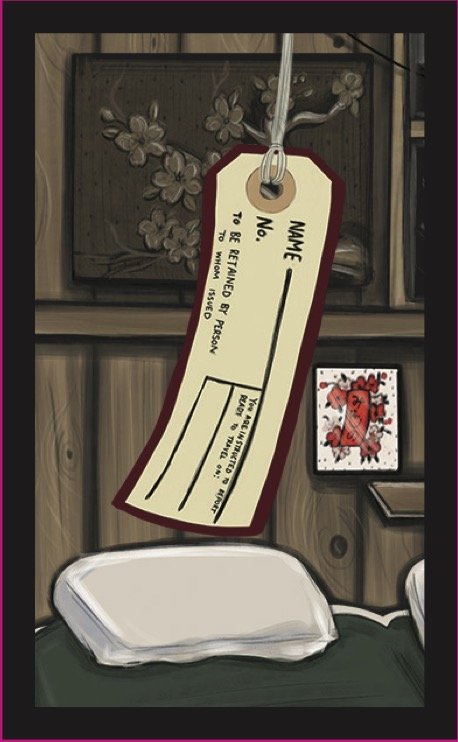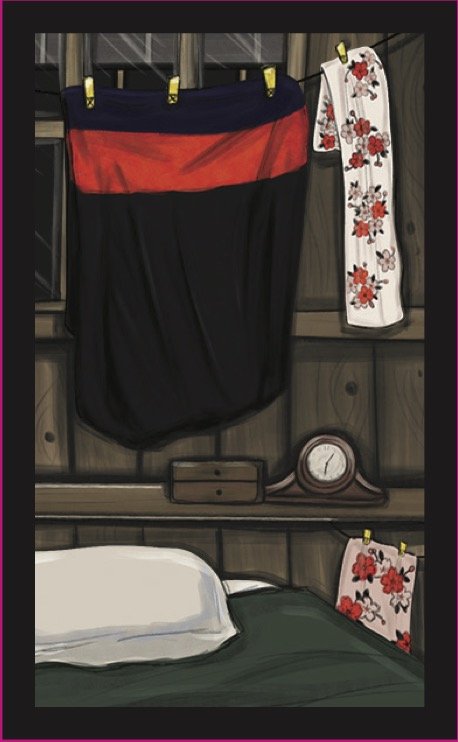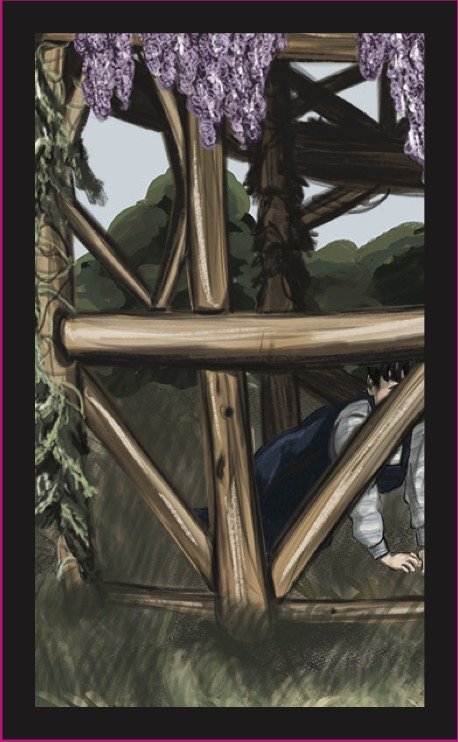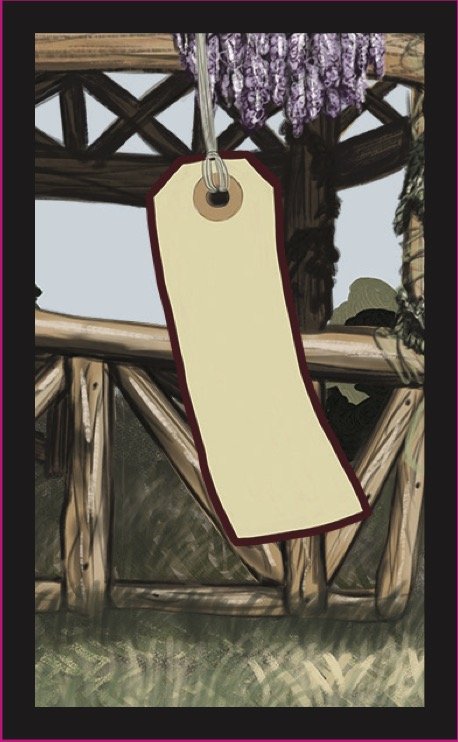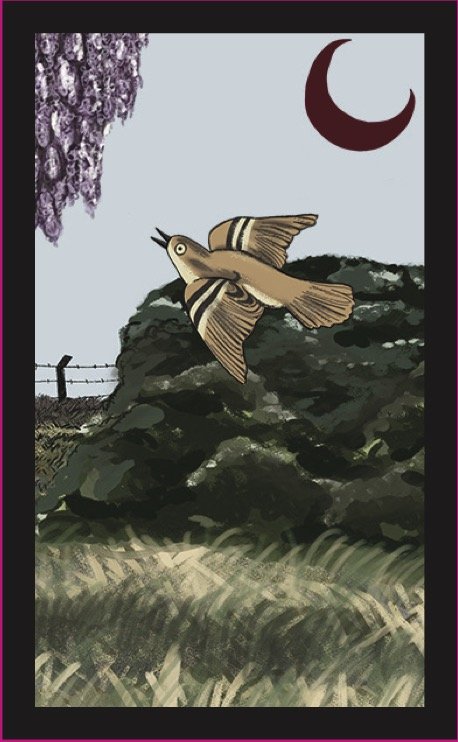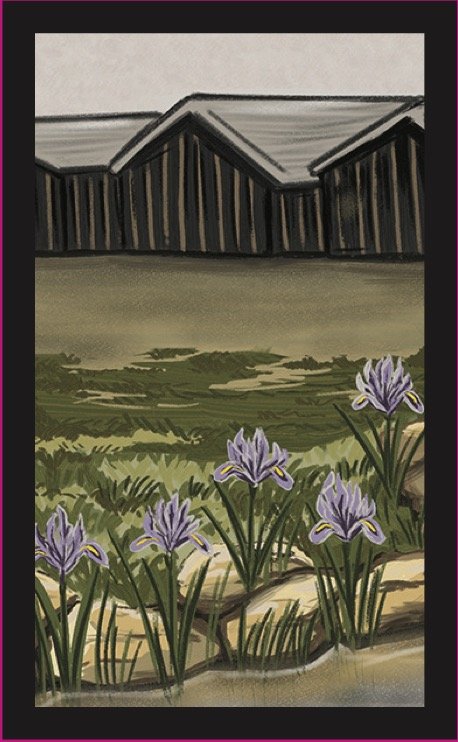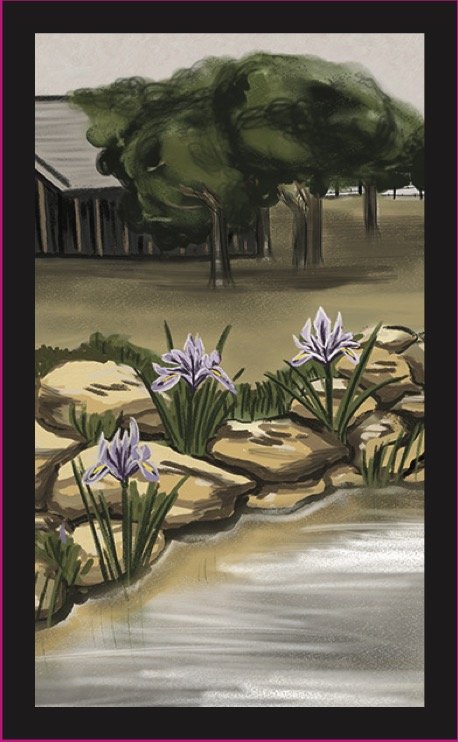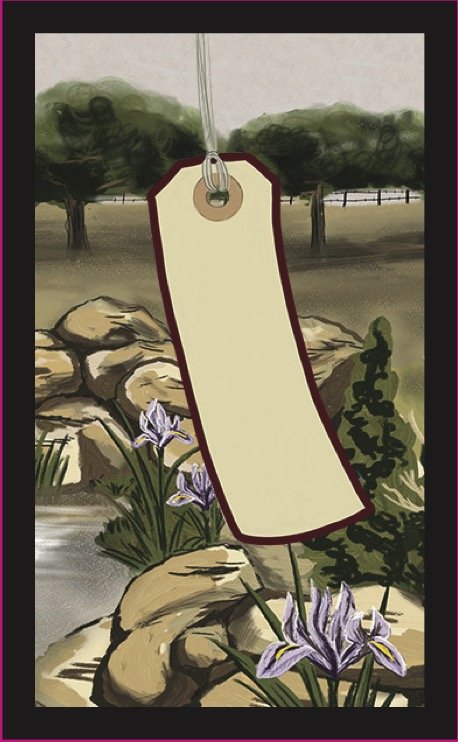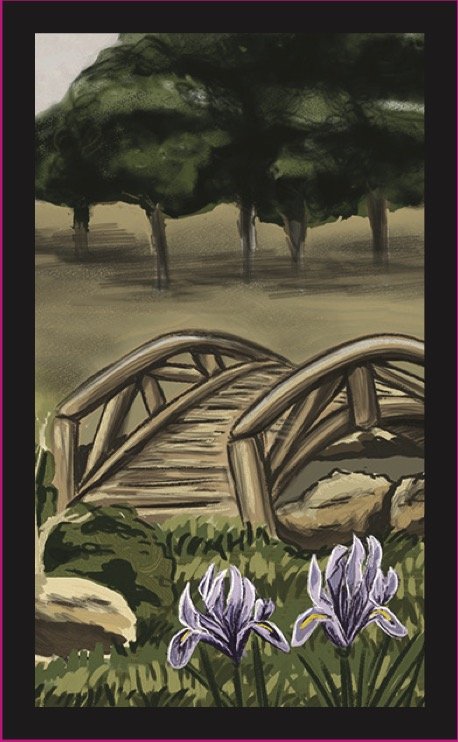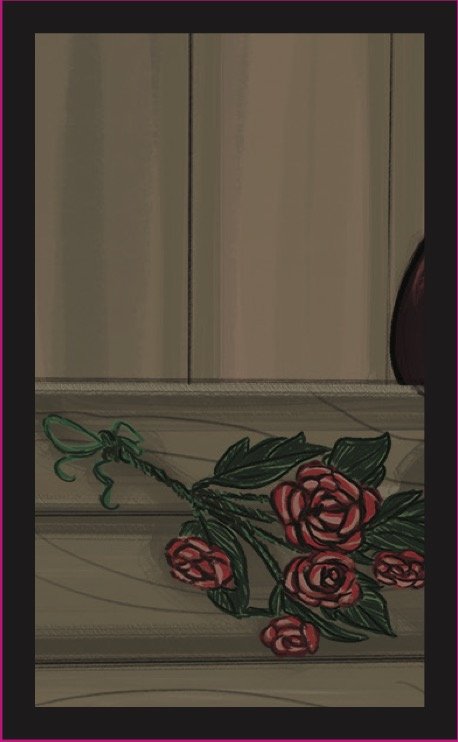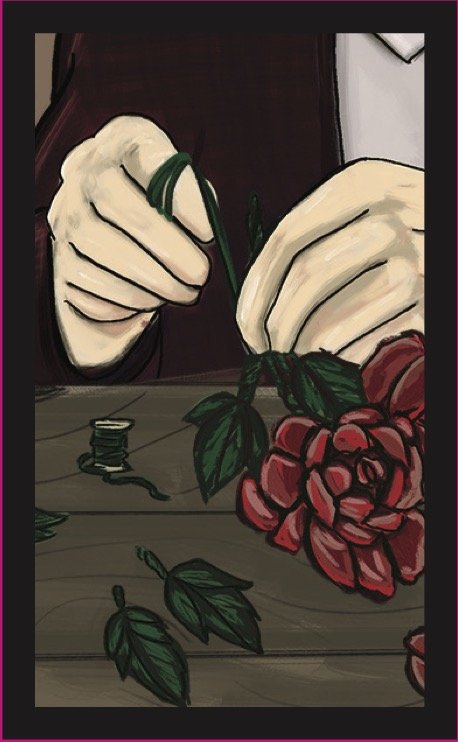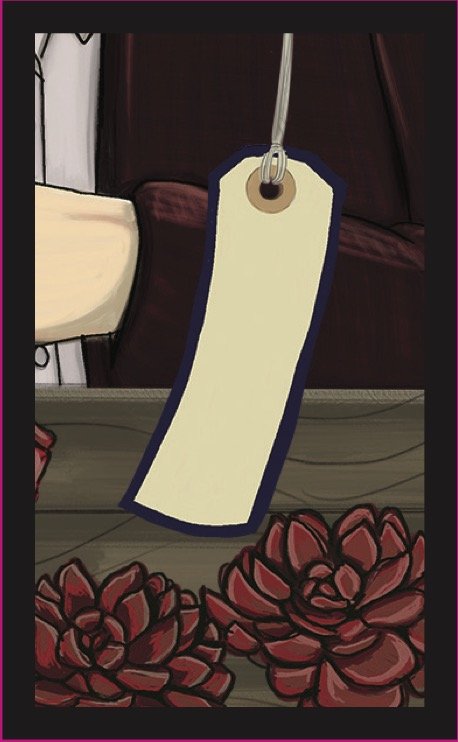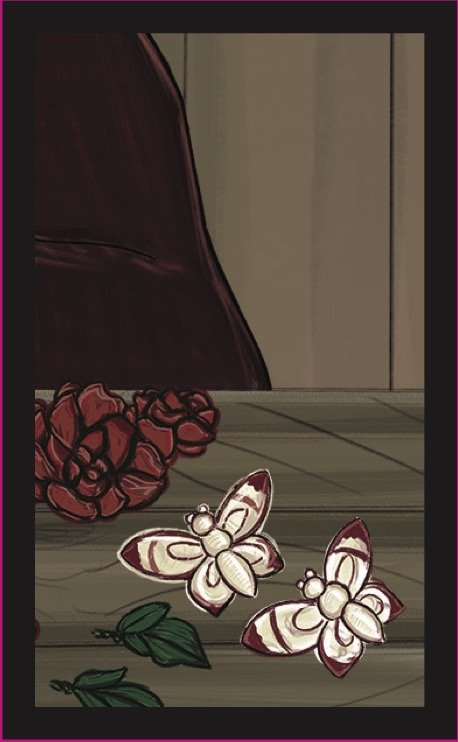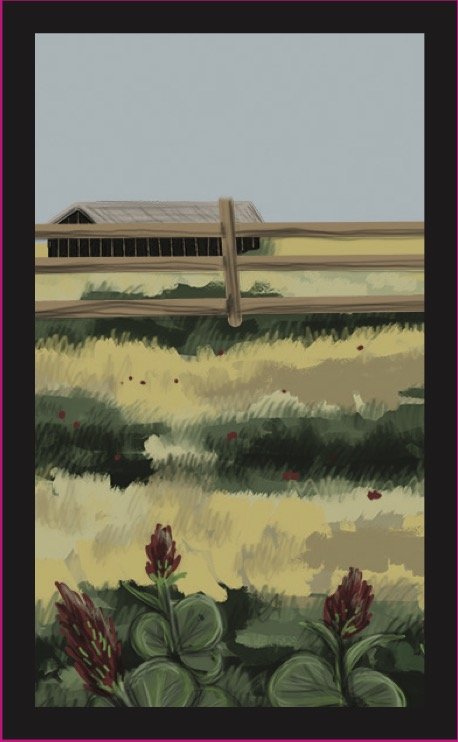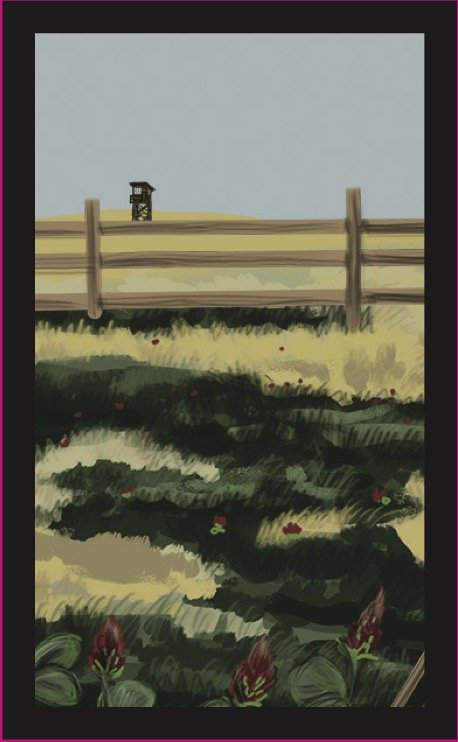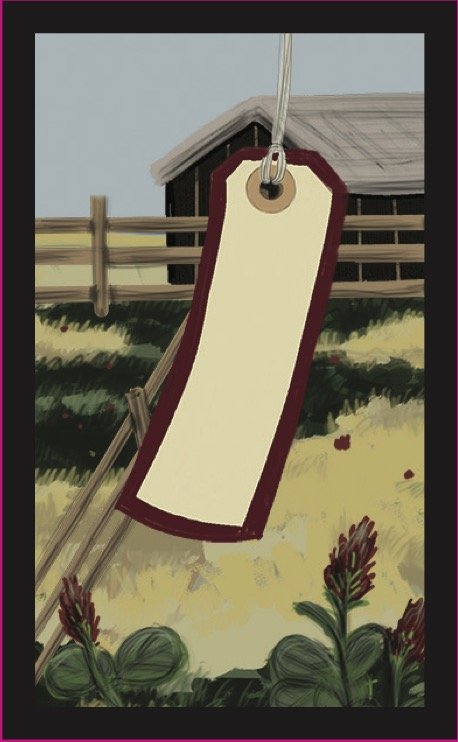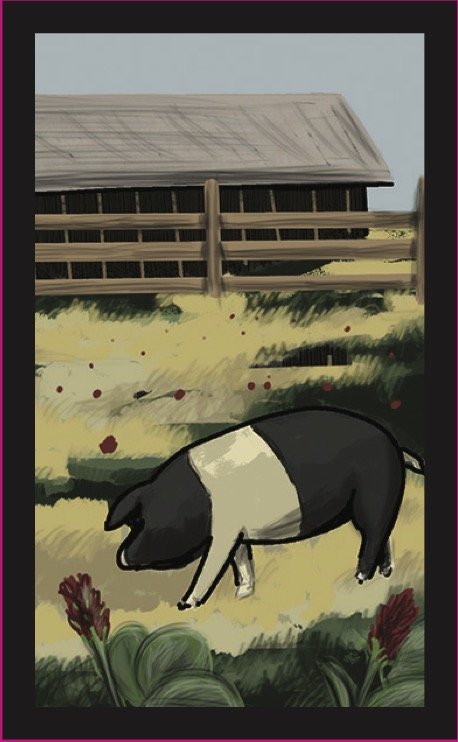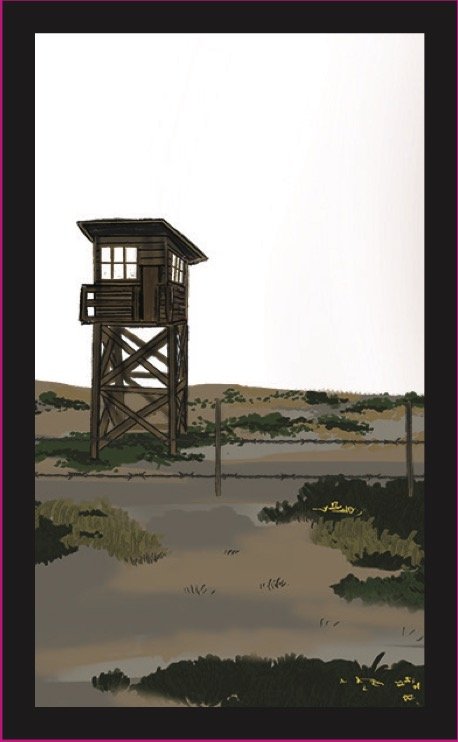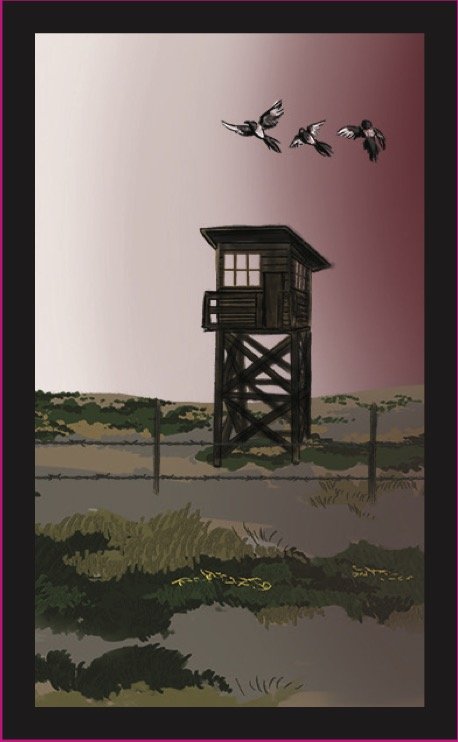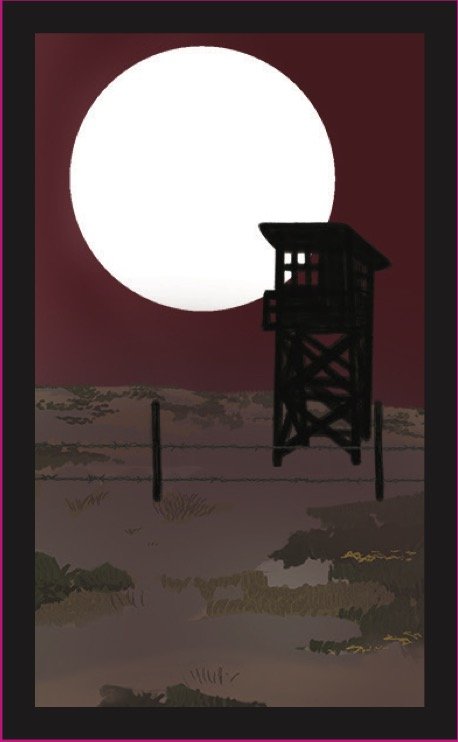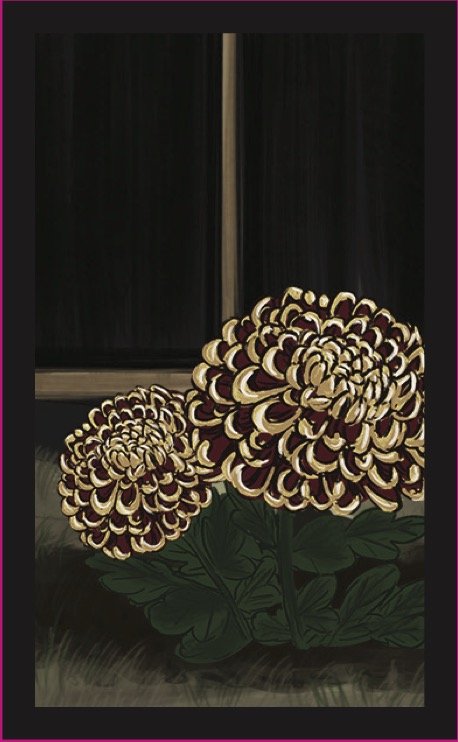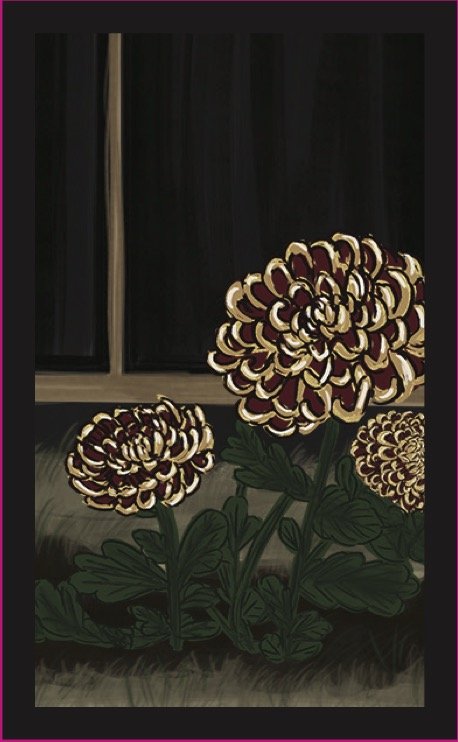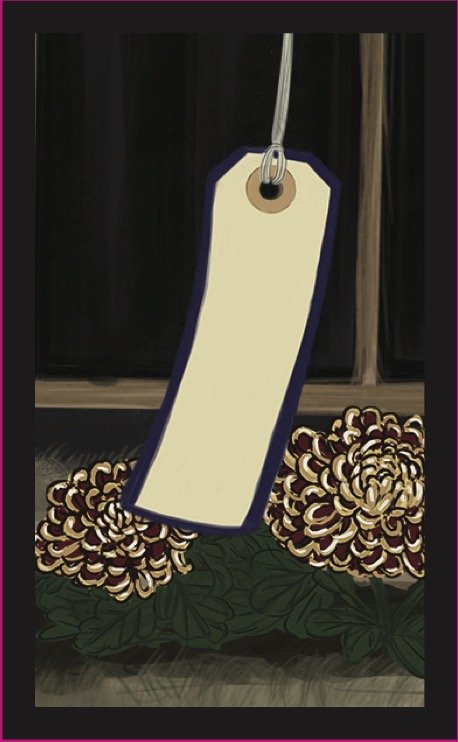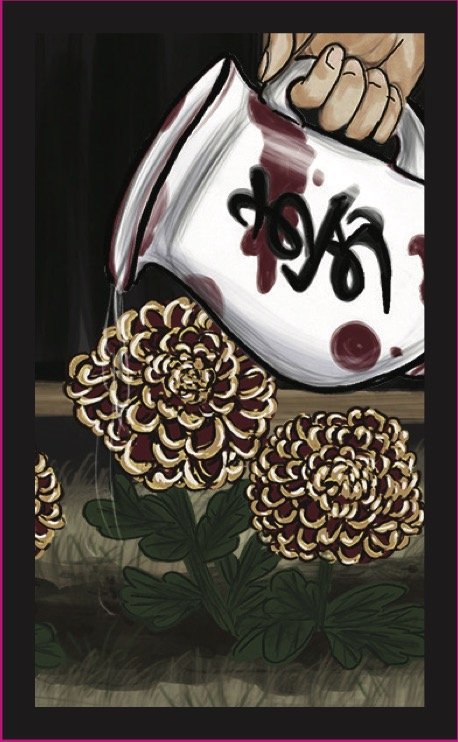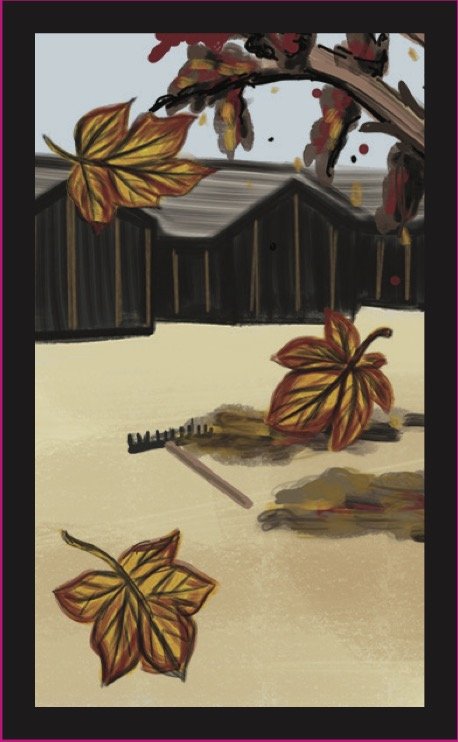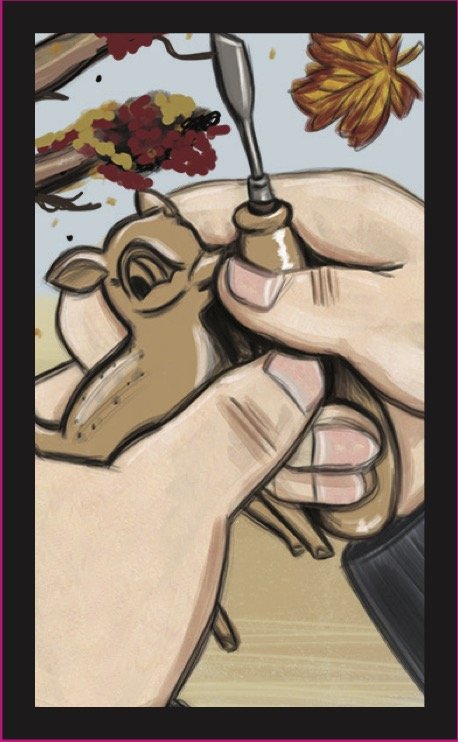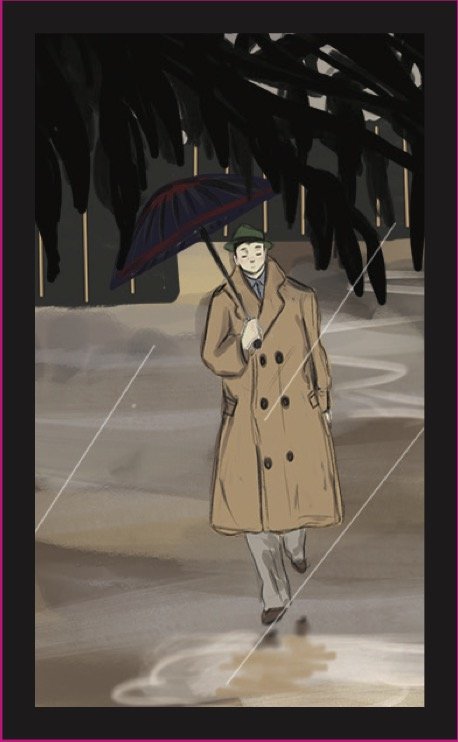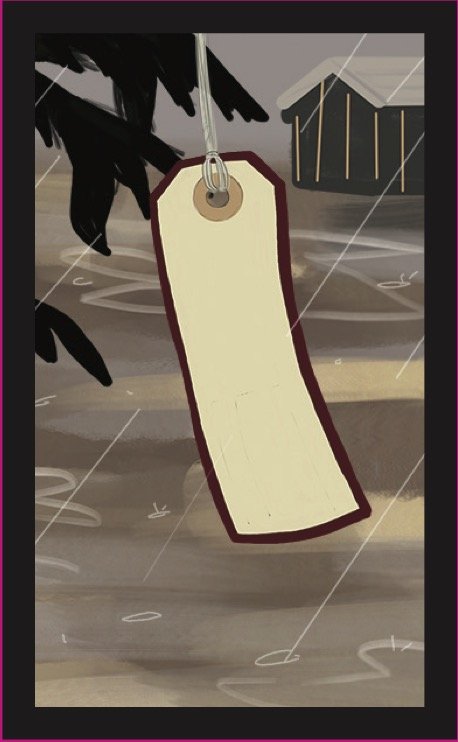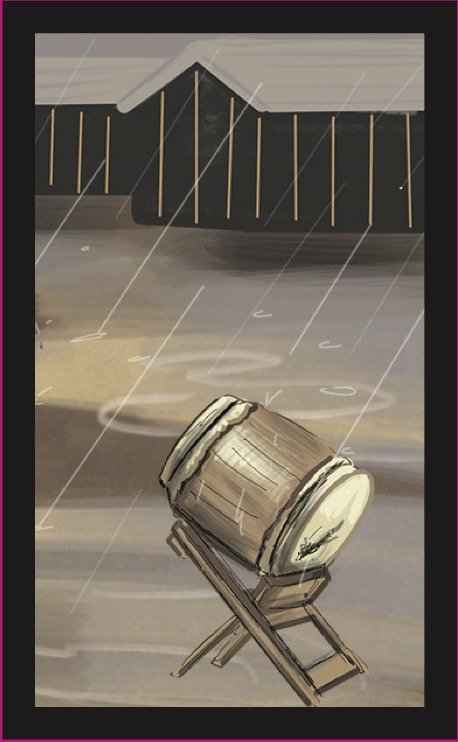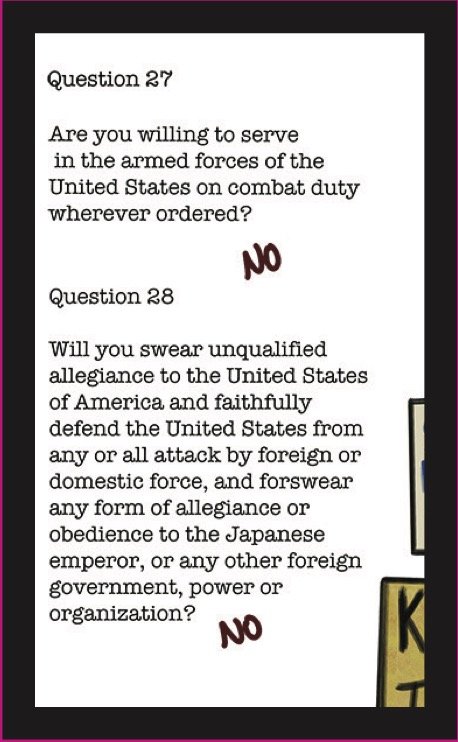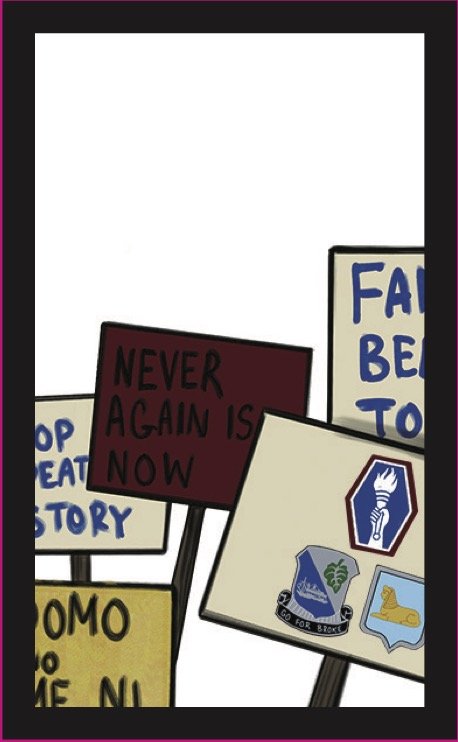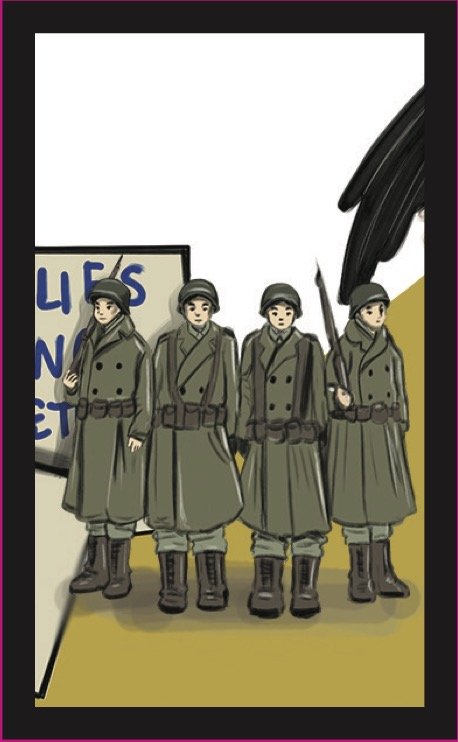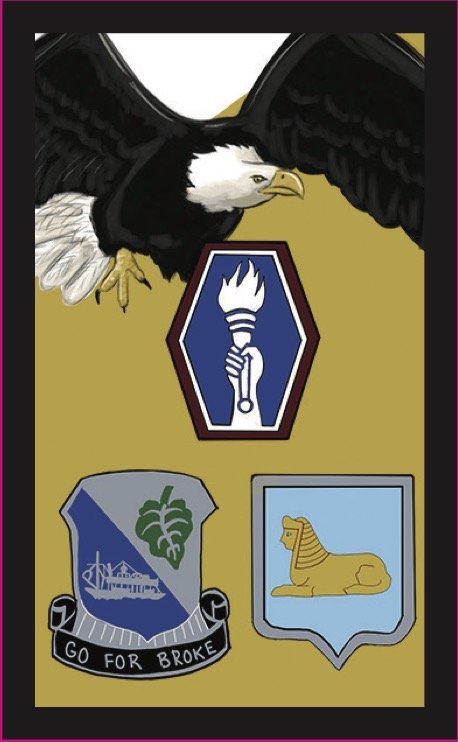JAPANESE AMERICAN INCARCERATION HANAFUDA
Funded by a grant from the Kip Tokuda Memorial Washington Civil Liberties Public Education Program, the Japanese American Incarceration Hanafuda Cards were developed in 2021-2022 to be donated to schools, universities, community centers, museums and national historic sites. Each donation will include a pack of ten cards that can host between 20-40 players, a list of rules, presentation material, and videos to showcase how to play the game.
The origin of Hanafuda cards were from the banning of popular Western and Portuguese playing cards in 1633. In order to work around government bans, a card game was established with consistent imagery to avoid the usage of numbers but allow for the establishment of consistent playing rules. The original imagery were decorated with plans and animals that were symbolic and popular during the Edo Period- resulting in their representation throughout pottery and textiles during this era.
The Japanese American Incarceration Hanafuda cards were designed with the idea of encompassing the imagery and symbolism throughout the daily lives in the Concentration Camps by featuring artifacts, foliage, vegetation, gardens, and animals seen throughout the camps.
Listed below are the side by side comparisons of the 48 traditional Hanafuda cards to the 48 Japanese American Incarceration Hanafuda Cards.
January (Pine)
Artist rendition of papier-mâché bonsai pine trees, similar to the tree from Gila River
Crane card featuring artist rendition of hand-carved bird pin from Amache and Gila River
February (Plum and Nightingale)
Artist rendition of plum and nightingale carvings seen at Jerome, Amache, Tule Lake, Gila River
March (Cherry Blossom)
View from inside of the barrack demonstrating how families would beautify their spaces as much as possible to create a home environment
The curtains card is instead a blanket or towel hanging on a clothesline, commonly seen in historic photos.
April (Wisteria)
Research showed that Manzanar children’s village had Wisteria present in their gardens. I was unable to locate the exact location but did an artist rendering showcasing the Wisteria as part of the Gazebo
Pictured behind the Gazebo are three orphans, representing the lost stories and histories of many orphans incarcerated in Manzanar’s children’s village
May (Iris)
Garden in Manzanar featuring Irises native to the area.
June (Peony)
Hands creating peony and butterfly brooches, using shells created as seen in Gila River, Amache, and Tule Lake.
July (Bush Clover)
Featuring the hog farms located on the outskirts of the camps. Clover were used for feeding livestock at the camp hog farms.
August (Pampas Grass)
Sage brush, cheatgrass, and magpies against the sky turning red from a dust-filled sunset
September (Chrysanthemum)
Representing flowers along the barracks that families would plant to beautify their spaces.
The traditional sake cup was replaced with a pitcher from a home or mess hall and is an artist rendering of pitchers seen within the camps.
October (Maple)
Artist rendering of tree featured in a Kango Takamura painting
Representing fall leaves swept for burning
The deer carving is an artist rendering of an artifact in the Special Collections at California State University, Sacramento
November (Willow)
November deck has the rainman card. The Japanese Incarceration deck adapted this month to include the willowtree, but had the rain occurring on every month
December (Paulownia)
Original Paulownia represented the symbols of the emperor which were replaced to demonstrate the legacy of resistance in the Japanese American community.



